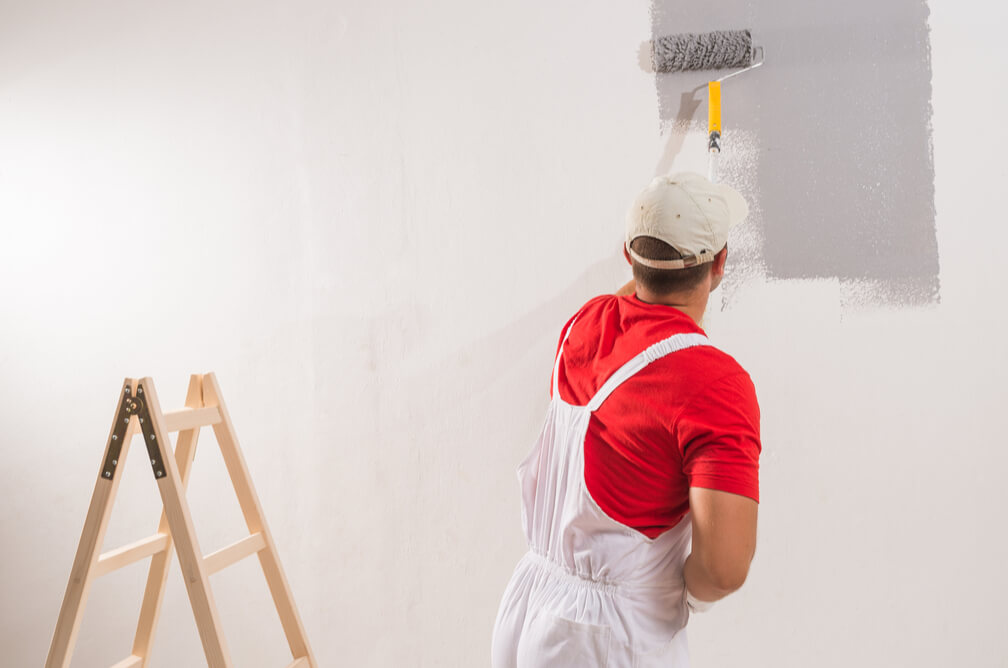Painters Adelaide painting a room is one of the most effective and affordable ways to refresh your home’s interior, but achieving a flawless, professional-looking finish requires more than just picking up a paintbrush. Whether you’re repainting a bedroom, living space, or home office, taking the time to prepare properly and follow best practices can make all the difference. Here’s a step-by-step guide to painting a room like a pro, ensuring a smooth and beautiful result that lasts.
1. Prepare the Room
Before you even think about opening a can of paint, preparation is essential for a successful project. Start by clearing as much furniture as possible from the room, or cover larger items with drop cloths or plastic sheeting to protect them from dust and paint splatter.
Remove or Protect Fixtures: Take down wall art, remove light fixtures and switch plates, and use painter’s tape to cover any fixtures you can’t remove, such as window frames or door handles. Make sure to tape off skirting boards, ceilings, and trim for sharp, clean lines.
Clean the Walls: Even if your walls look clean, dust, grime, and oils can prevent paint from adhering properly. Use a mild detergent and water to clean the walls, especially in areas like kitchens or bathrooms where grease or moisture build-up is common. Allow the walls to dry completely before painting.
2. Patch and Sand the Walls
Before you start applying paint, inspect the walls for any imperfections, such as holes, cracks, or dents. Use a filler or putty to fill in any gaps, then sand the patched areas until they are smooth and level with the wall surface. Sanding the entire wall lightly with fine-grit sandpaper can also help improve paint adhesion, especially if the wall has a glossy finish.
Once the sanding is complete, wipe down the walls with a damp cloth or vacuum them to remove any dust, which can otherwise interfere with the paint application.
3. Use Primer for a Solid Foundation
Applying a coat of primer is an often-overlooked step but is crucial for achieving a professional-looking finish. Primer helps seal the wall, provides a consistent base for the paint to adhere to, and ensures even coverage. This is particularly important if you’re painting over dark colours, new plaster, or walls with stains.
For a flawless finish, use a high-quality primer that matches your paint type—oil-based or water-based—and let it dry completely before moving on to the next step.
4. Choose the Right Paint and Tools
Selecting the right paint for the room is key to achieving long-lasting results. Opt for high-quality paint that’s suited to the room’s purpose—for example, use satin or semi-gloss for kitchens and bathrooms, where moisture resistance and durability are important, and matte or eggshell for living rooms and bedrooms.
When it comes to tools, invest in good-quality brushes and rollers. A high-quality roller will give you smoother, more even coverage, while a good angled brush will help you paint clean lines along trim, corners, and edges.
5. Cut In Before Rolling
Professional painters use a technique called “cutting in” to ensure clean edges and seamless blending between walls and trim. Using a small, angled brush, carefully paint along the edges where the wall meets the ceiling, skirting boards, and around windows or doors. By cutting in first, you create a smooth transition before rolling, making it easier to cover larger areas without worrying about precision.
6. Apply Paint in Thin, Even Coats
When it’s time to start rolling, apply paint in thin, even coats rather than trying to cover everything in one go. This prevents drips and streaks while ensuring a more professional finish. Start by loading your roller with paint, then apply it in a “W” or “M” shape on the wall, filling in the gaps with vertical strokes.
Work in small sections to ensure even coverage, and always allow the first coat to dry completely before applying a second coat. Typically, two coats of paint are enough to achieve a flawless finish, but some situations—such as covering a dark colour with a lighter one—may require a third coat.
7. Remove Painter’s Tape and Clean Up
Once the paint is fully dry, carefully remove the painter’s tape to reveal crisp, clean lines. If any paint has bled under the tape, use a small brush to touch up these areas. Be sure to clean your brushes and rollers properly so they’re ready for your next project.
Conclusion
By taking the time to prepare the room, patch and sand imperfections, and apply paint using professional techniques, you can achieve a flawless, high-quality finish that makes your home look refreshed and polished. Whether you’re tackling a DIY project in your Adelaide home or painting a space for the first time, these tips will help you paint like a pro and get the best possible results.

